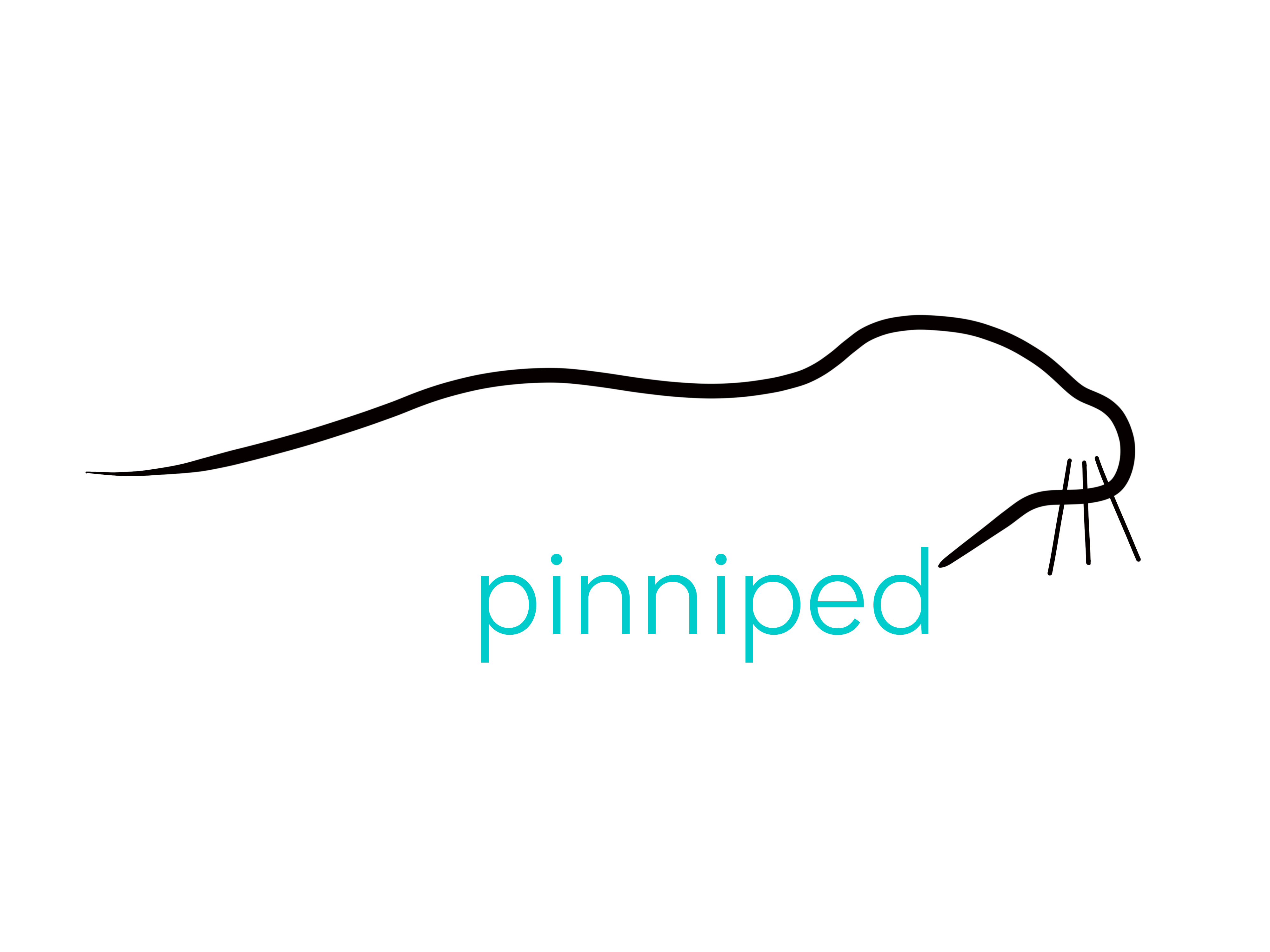The second and final extant monk seal, and the subject of this week’s #SealSunday, is the Hawaiian Monk Seal (Neomonachus schauinslandi). As their name would suggest, these guys are endemic to the islands of Hawaii, breeding and hauling out on the beaches and tiny islands, and foraging around the atolls and reefs, as well as deeper in the open ocean.
Sadly, for this species there is not good news either. With an estimated population size of around 1200, and a declining trend, the Hawaiian Monk Seal is classified as Endangered. There are numerous reasons for this, and here we are going to talk about some of the main threats that have been identified by scientists. The first is deemed to be a lack of food. With changing climate, and increasing pressure from fishery activities, there is less available food in the local vicinity, meaning the animals may need to travel further offshore to forage and find enough energy. A secondary, large source of the problem comes from the remains of industries and current and deceased fishing operations. Ghost nets, fishing lines, fishing hooks, gillnets, and other marine debris pose a serious risk of entanglement, causing high rates of bycatch and drowning seals and other wildlife. The third issue is a more natural threat that has grown over time, and that is a high juvenile mortality rate caused by shark attacks. The Galapagos Shark has become locally specialised in hunting nursing and recently weaned Hawaiian Monk Seal pups, and it has grown to such an extent that around 30% of each year’s pups are lost to the sharks. Conservation teams are working on ways to alleviate this problem, with relocation and shark deterrent methods currently being trialled. The other resort would be to cull the offending sharks, however this raises one of the biggest dilemmas for wildlife conservationists, which is how to choose when two species are in conflict. The Galapagos Shark itself is Near Threatened, and favouring seal survival over theirs is fraught with issues. The next challenge for the species is declining habitat. Again, with global changes in sea level, terrestrial areas of Hawaii are being lost over time. Add to these the pressure of growing tourism on the islands, which brings human disturbance alongside the risk of disease from pets and domestic animals into the mix, as well as intentional killing from a few parties, and the seals have a hard time ahead.
But the fight is not lost! Hawaii has one of the most proactive marine mammal recovery programs in the world, and at this stage the huge majority of the islands are protected areas, with all activities taking place there strictly governed to protect the seals. Awareness is being raised and research is being carried out, alongside more direct methods of helping out such as relocating young seals away from dangerous areas. There is a lot to be positive about, and here’s to hoping the Hawaiian Monk Seal won’t go the same way as its Caribbean cousin.
So what is this seal like? Well, the Hawaiian Monk Seal is a relatively large seal, silvery-grey to brown in colour, with a flat “monk like” crown of the head, and wide, thick muzzle. Their nostrils are wider at the top, unusually, and even more uniquely, the females have 4 nipples instead of 2. Pups are born jet black as can be seen in the picture, and will nurse for 6 weeks. After this time, the adults undergo what is a called a catastrophic moult. Instead of just moulting their fur they also moult the top layer of their skin, and this happens all at the same time. Because of this they need to remain on land for around 10 days.
So that is it for #SealSunday. Head on over to www.pinniped.org/front-page/pinnipedia/hawaiian-monk-seal if you want to find out more, or you can always check out the Pinnipedia in case you’ve missed any of the other seal species we’ve covered so far. Photo by NOAA, who are doing a lot of good work with the recovery of the Hawaiian Monk Seal.
6 comment(s)
Leave a Reply
You must be logged in to post a comment.


Its like you read my mind! You appear to know a lot about this, like you
wrote the book in it or something. I think that you
could do with some pics to drive the message home a
little bit, but other than that, this is fantastic
blog. A fantastic read. I’ll definitely be back.
I have not checked in here for a while since I thought it was getting boring, but the last few posts are good quality so I guess I will add you back to my daily bloglist. You deserve it my friend 🙂
Hello my friend! I want to say that this article is amazing, great written and come with approximately all important infos.
I’d like to peer extra posts like this .
Hello to every one, the contents preѕent at this site are really awesome for people expeгience, well, keep up the good work
fellows.
Good news: the Hawaiian Monk Seal population is growing. The latest figure is approx. 1400, per NOAA. https://www.fisheries.noaa.gov/feature-story/whats-latest-hawaiian-monk-seals
Reasons to be very positive about their recovery. A great read – thanks for sharing!